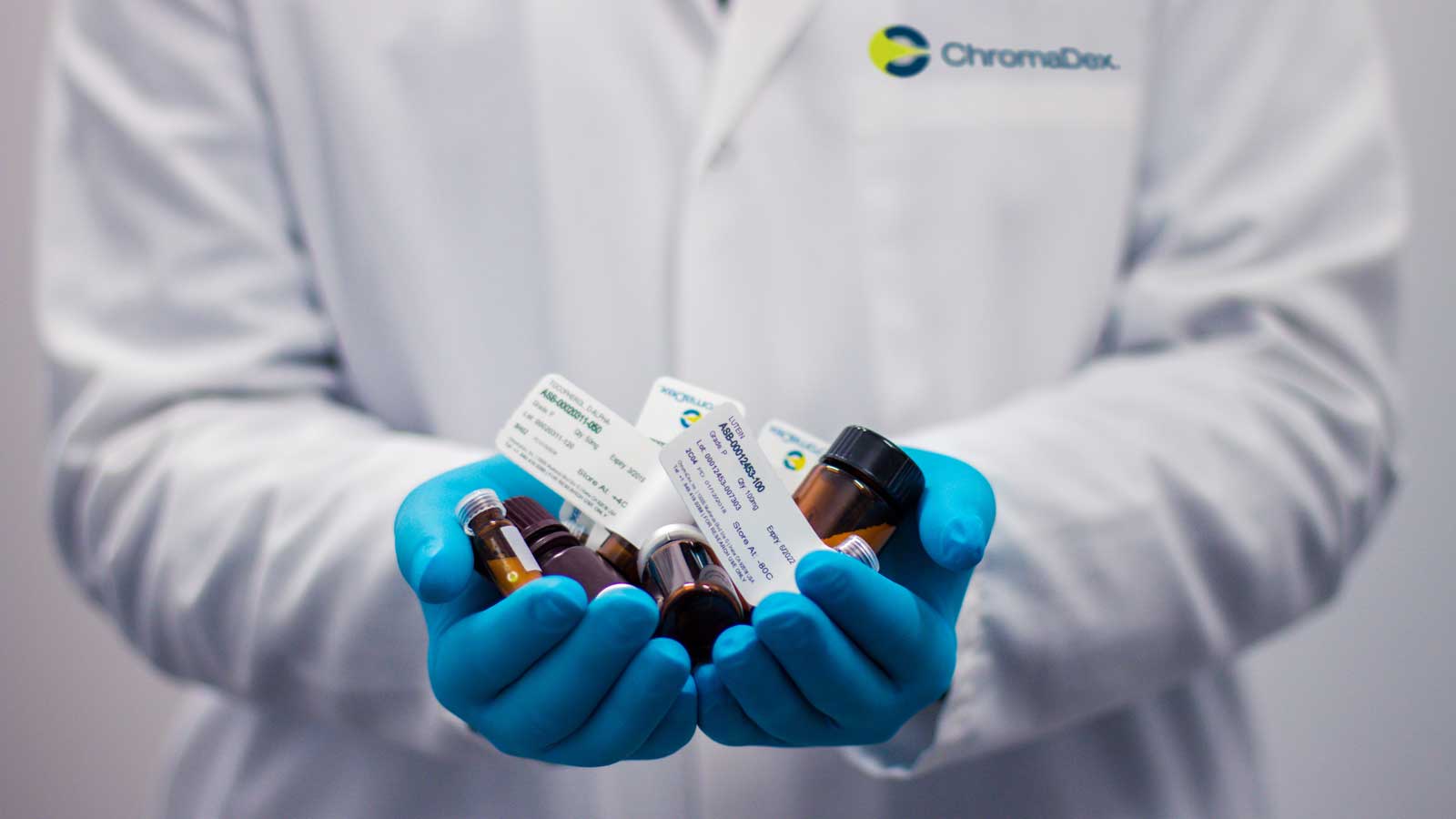Wearables: we know them as the pedometers and fitness trackers. But we see the development increasingly shifting from the consumer market to healthcare. How can biometric wearables be used in healthcare? The innovations contribute to the increase of personalized care.
Research by IDC shows that in the first quarter of 2018, 9.2 percent fewer simple wearables, such as pedometers and activity trackers, were sold. This year the sale of this will decrease further. At the same time there is more demand for devices that take biometric measurements, such as heart rate, heart rate variability and temperature.
Thanks to
these types of devices, patients can monitor their health continuously instead
of having to go to the hospital for expensive and incidental measurements. In
addition, a biometric wearable can help prevent serious situations by issuing
alerts. The right people can be engaged if a dangerous situation threatens.
Empatica is an example of this. This company has
developed a wristband that can detect whether someone is having an epileptic
seizure based on biometric measurements. The wristband is connected to an alert
app, so that the caregivers are notified when unusual measurements occur.
Continuous monitoring of real-time measurements therefore offers both support
and certainty for patients, as well as better insights for the healthcare
professional.
Personalized care
At the same time, we see that the plans to settle pharmaceutical companies on
the basis of the delivered health results are increasingly taking shape. This
is because new technology ensures that the right medicine can be found
faster by
drawing up personal DNA profiles.

This is an
important new development because pharmaceutical companies often provide one
type of medicine for each type of patient. Now that they are responsible for
the results of medicines, they too are becoming interested in the differences
between individuals and how this can be measured with wearables.
Biometric parameters such as temperature, heart rate and heart rate variability
are important to be able to investigate whether medicines have the desired
effect. This allows pharmacists to better and faster develop drugs that suit a
unique patient rather than an average value measured during a clinical trial.
With this, pharmaceutical companies are taking a step towards personalized
care.
Implantable sensors offer a solution
Wearables must be
charged. This is impractical, especially when continuous biometric measurements
must be taken. Fortunately, there are innovations in the field of energy
harvesting where portable electronics get energy from body heat or movements.
This can also be used with implantable sensors, such as the implantable glucose
sensor Eversense.
Eversense is a sensor that is placed under the skin of diabetic patients and continuously measures blood sugar. This glucose meter is used as an extra check. In addition to the fact that energy harvesting can be used so that the implantable sensor does not need to be charged, it can no longer shift, as is often the case with sensors on the skin. This makes the measurements more accurate.
What is needed?
The rapid developments in the field of biometrics and technology offer new opportunities within healthcare. It is important that care organizations consult with themselves about the care that can be improved with biometric wearables. Where can wearables offer support? And for which patients can the device be a solution? Which technological developments must take place to optimize this product for where it is needed? The answers to this are necessary to guide the innovations around biometric wearables and to optimize their use.
This article appeared on TechQruxx. Click here to view the article on TechQruxx.

